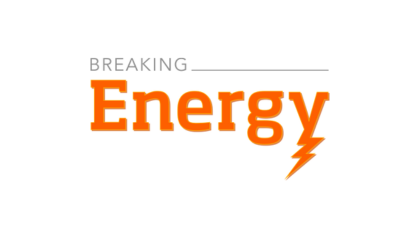
Transformative price shifts and innovative technology combined with an aging existing infrastructure leave the US energy sector looking more like that of an emerging economy than a traditional developed one: And that’s a good thing.
Infrastructure in the energy sector is still built to serve an economy that looks more like the 1950s than 2012, with a transport sector almost entirely dependent on oil products and a centralized hub-and-spoke electricity system dependent on a blend of coal and nuclear with natural gas and renewable generation still in the minority. Keep reading →









